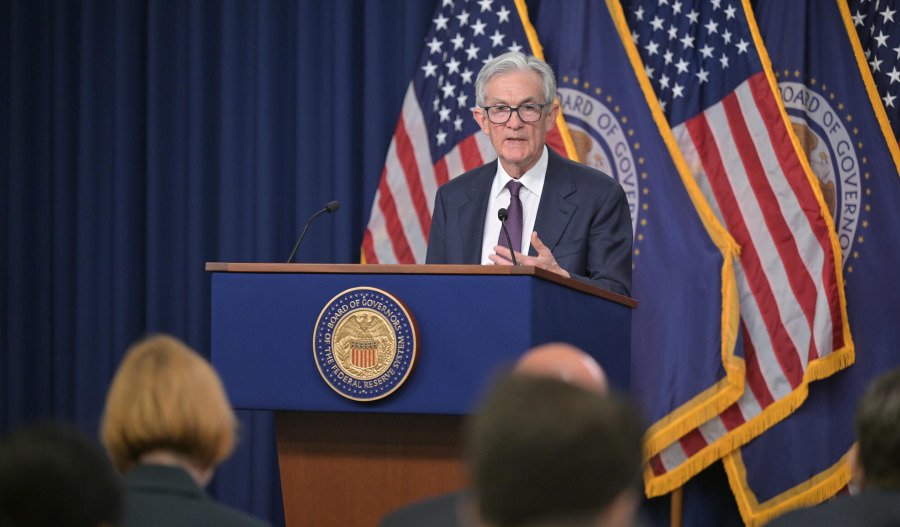The annual inflation rate in the United States fell to 2.3% in April, its lowest level since February 2021 and slightly below market expectations, according to data released Tuesday by the Bureau of Labor Statistics (BLS).
The consumer price index (CPI) rose by a seasonally adjusted 0.2% for the month. Over the past 12 months, prices have climbed 2.3%, compared to forecasts of a 2.4% increase.
Core CPI, which excludes volatile food and energy components, also rose 0.2% in April, keeping the year-on-year pace at 2.8%.
A sharp drop in egg prices stands out in the April data, with prices falling 12.7% month-on-month. However, they remained 49.3% higher than a year earlier.
Shelter prices once again played a key role in driving inflation higher, rising 0.3% in April. As one of the largest components of the index, shelter accounted for more than half of the overall CPI increase, according to the BLS.
Energy prices rebounded after a 2.4% fall in March, gaining 0.7% last month. Food prices slipped by 0.1%. Used vehicle prices declined for the second month in a row, down 0.5%, while new vehicle prices were unchanged. Apparel costs dropped 0.2%.
On the services side, medical care services rose 0.5%, with health insurance up 0.4% and motor vehicle insurance increasing by 0.6%.
Real average hourly earnings were unchanged for the month, though they were up 1.4% from the same time last year.
ANZ analysts commented on the limited impact of tariffs so far: "There was no evidence in the April CPI inflation data that tariffs are driving up prices. The soft inflation data reflected lower energy commodity prices, front-loading of imports earlier this year and the lag between the tariff announcements and when imports enter the US."
The BLS is set to release April’s producer price index (PPI) data on Thursday, offering further insight into upstream inflation pressures.



